






The 2023 Next-Generation Air Superiority Conference is the premier meeting ground for global air force leaders. The event will welcome the key stakeholders from the U.S. Air Force to address the 7 Operational Imperatives and procurement requirements to achieve air dominance. The conference provides an unparalleled opportunity to network with U.S. Air Force decision-makers and leaders from global air forces, welcoming the heads of the Hellenic Air Force, Polish Air Force, Norwegian Air Force, and senior leaders from France, the UK, Italy, and many more. It is the only conference bringing together decision-makers for the main fighter jet procurement programs around the world, including NGAD, FCAS, and Tempest Programs, among other acquisition priorities.
I enjoyed that the US Services and many Coalition partners were speakers and participants.
Lockheed MartinKnowledgeable presenters and good interaction by the groups. Very good job ACI leadership.

Crescend Technologies
Taking take place in Washington, D.C. in October 2023, the conference brings together the highest-level decision makers. It provides an invaluable opportunity to advance partnerships, benefit from unparalleled networking, and learn about acquisition requirements, operational challenges, and modernization needs. Key topics include:
Check Airpower delivery for multi-domain operations
Check Electromagnetic spectrum dominance
Check Cyber integration
Check Advanced synthetic training
Check Close air support and light attack
Check Autonomy and information superiority
Check Disruptive technologies for future combat
Learn about the main acquisition programs for fighter aircraft from the key budget-holders in the U.S. and Europe
Enhance your understanding of the key requirements for achieving next-generation capabilities from Air Force leaders to formulate winning business proposals
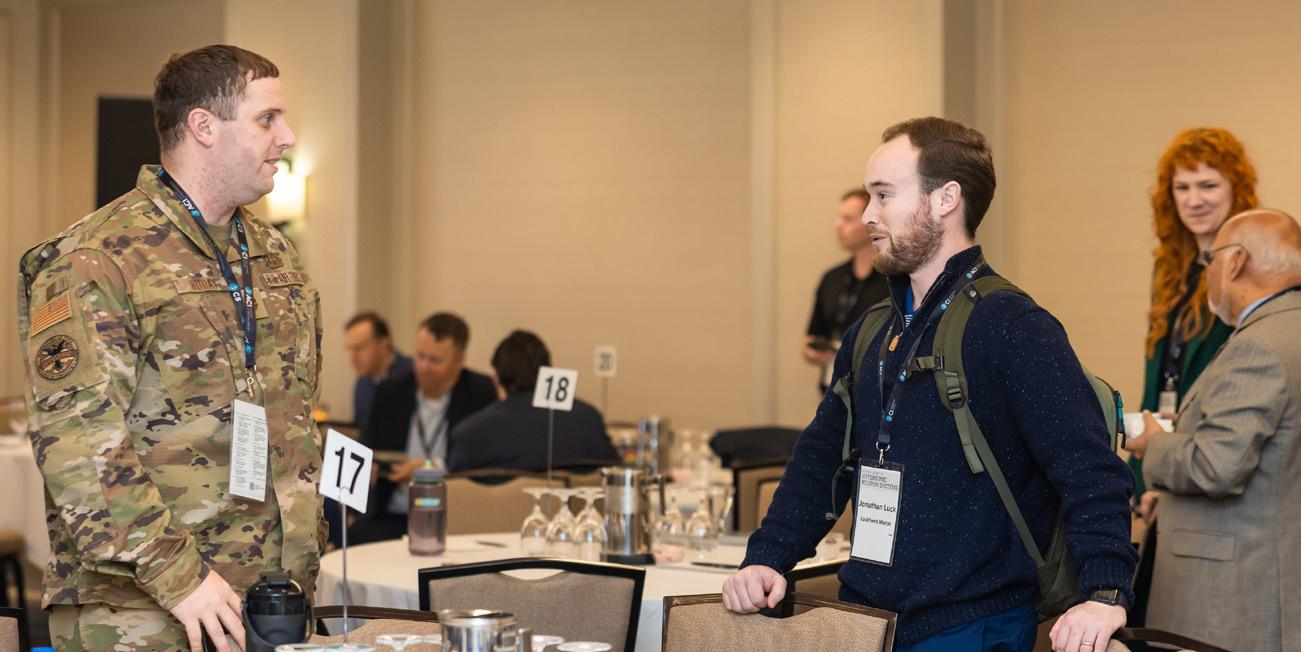
Meet policymakers, subject matter experts, and strategy leaders to inform your policy, transform concepts of operation, and enhance operational effectiveness
Learn about the key solutions and technologies to enhance stealth, lethality, agility, and situational awareness of fighter aircraft
Improve your understanding of unmanned and autonomous technologies to transform force structure for the future fight in contested operating environments

Maximizing the effectiveness of communicating your company's values is essential. By engaging a dedicated audience comprising senior Airforce personnel, DoD, NATO, and Government leaders, we provide a comprehensive solution through thought-leadership opportunities, networking events, one on one engagement and exhibiting.
Regardless of your specific goal, be it penetrating new markets, establishing your position as a top-tier integrator or service provider, or ensuring your target customers think of you first, Next Generation Air Superiority presents an ideal platform to effectively convey your message.

Attendee job titles include:
Commander
Chief of Air Staff
Chief of Flight Capability
FCAS Project Operational Chief
Head of Rapid Capabilities Office
Assistant Deputy Chief of Staff, Strategy, Integration and Requirements
Commander, Air Operations
Air Force Inspector
Deputy Director, Chief of Staff, Strategic Plans and Programs
Vice Commander
Training Head
Chief of Fighter Capability
A perfect balance of government's vision, industry's leadership and networking opportunities.
Ansys
I loved the panels and discussions on current challenges and progress, and I thoroughly enjoyed the dialogue and questions from the group during the Warfighter Integration panel. I look forward to attending this conference again next year!
US Indo-Pacific Command (INDOPACOM J81)


Inspector General (2016 –2017), US Air Force
General Rock graduated from the University of Texas at San Antonio and earned his Air Force commission through Officer Training School. During his career, he has commanded a fighter squadron, a center, and fighter and air expeditionary wings in Idaho and Iraq. He has held staff assignments at the Joint Warfighting Center, Air Combat Command, U.S. Northern Command, U.S. Forces Iraq, the Air Staff, and the Joint Staff. General Rock was Chief, Office of the Defense Representative, Pakistan. General Rock’s final assignment was as the Inspector General of the Air Force, Office of the Secretary of the Air Force. In this capacity, he reported to the Secretary and Chief of Staff of the Air Force on matters concerning Air Force effectiveness, efficiency and military discipline. The general is a command pilot with more than 4200 flying hours, incl150 combat hours in F-15C.
Assistant Deputy Chief of Staff, Operations (2021–2022), US Air Force
In his last role, General Corcoran was responsible to the Secretary of the Air Force and the Chief of Staff for formulating policy supporting air, irregular warfare, counterproliferation, homeland security, weather, and cyber operations. Gen Corcoran determined operational requirements, capabilities and training necessary to support national security objectives and military strategy. He earned his commission from the U.S. Air Force Academy in 1992. He commanded the 525th Fighter Squadron, the 325th Operations Group, the 3rd Wing and the 380th Air Expeditionary Wing. He served as the Executive Assistant to the Vice Chief of Staff of the Air Force and in the Secretary of the Air Force and Chief of Staff of the Air Force Executive Action Group. He was also in the headquarters staff of Air Forces Central Command, the NATO’s Allied Air Command, U.S. Air Forces in Europe and Air Forces Africa. Prior to his final position, Maj. Gen. Corcoran was the Commander, U.S. Air Force Warfare Center, Nellis Air Force Base, Nevada. He is a graduate of the U.S. Air Force Weapons School and a command pilot with more than 3,200 flying hours, including more than 440 combat hours, primarily in the F-22 Raptor and F-15 Eagle.
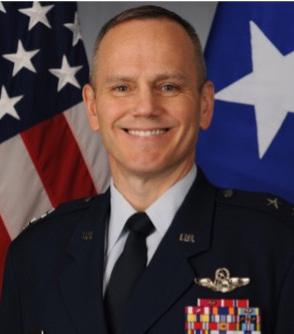
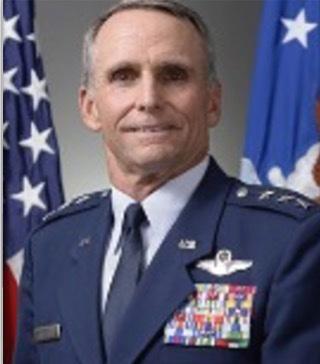
LIEUTENANT GENERAL THEMISTOKLIS BOUROLIAS
Chief of Air Staff Hellenic Air Force

MAJOR GENERAL CLARK QUINN
Commander 19th Air Force US Air Force

MAJOR GENERAL S.Y. MENARD
Chief Fighter Capability Royal Canadian Air Force
MAJOR GENERAL ROLF FOLLAND
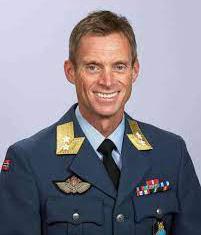
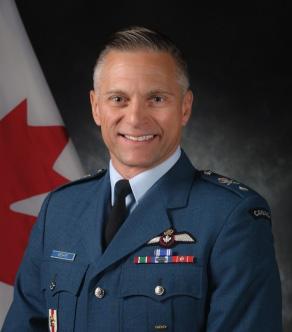
Commander Royal Norwegian Air Force
COLONEL MAURIZIO DE GUIDA
Head of GCAP Planning, Requirements, Operational Analysis and Capability Integration Office Italian Air Force
MAJOR GENERAL JEAN-LUC MORITZ
FCAS Project Operational Chief French Air Force
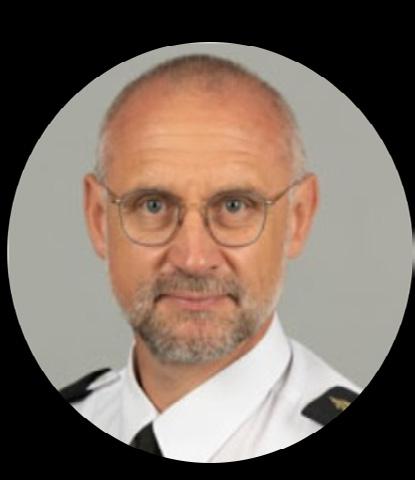
AIR VICE-MARSHAL LINCOLN TAYLOR OBE
Chief of Staff Capability
Royal Air Force
BRIGADIER GENERAL RICHARD DICKENS
Vice Commander, First Air Force, Air Forces Northern and Air Forces Space, US Air Force

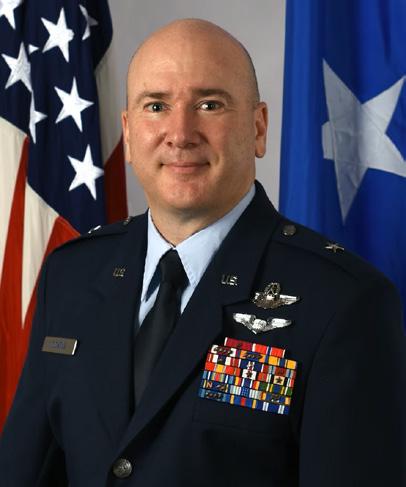
AIR CDRE JEZ HOLMES OBE
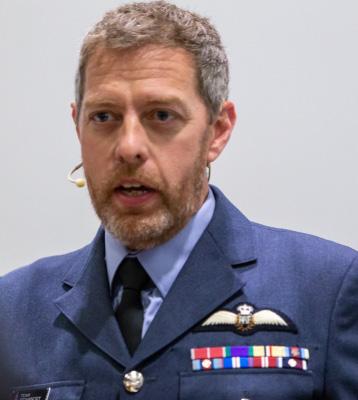
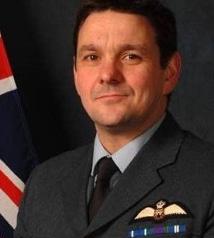
Head Rapid Capabilities Office Royal Air Force
MR. THOMAS J. LAWHEAD
Assistant Deputy Chief of Staff, Strategy, Integration and Requirements US Air Force
BRIGADIER GENERAL IRENEUSZ NOWAK
Commander Polish Air Force
COLONEL DANE CRAWFORD

Deputy Director (ACC/A5-2) US Air Combat Command
LIEUTENANT GENERAL ALEXUS GRYNKEWICH
Commander 9th Air Force, Air Combat Command US Air Force
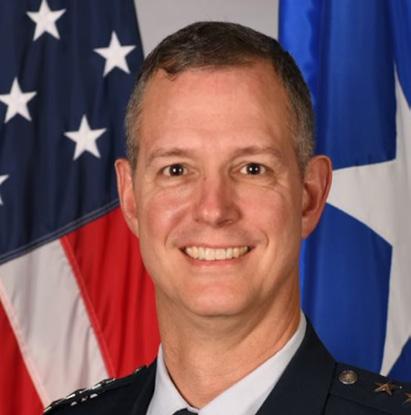

COLONEL DAN JAVORSEK
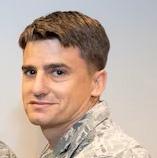
Detachment 6 Commander, Nellis AFB US Air Force
CONFIRMED SENIOR REPRESENTATIVE
Tempest Program Italian Air Force

AIR COMMODORE ANGUS PORTER
Australian Embassy Air and Space Attaché Royal Australian Air Force
Morning Coffee & Registration
Opening Remarks
Microphone Linda Lastovych, Conference Director, American Conference Institute
Chairman’s Opening Remarks
Microphone Major General (Ret’d) Charles S. Corcoran, Assistant Deputy Chief of Staff, Operations (2021–2022), US Air Force
Strengthening the Future Force Structure: Advancing Airpower Delivery in Contested Operating Environments
Microphone Mr. Thomas J. Lawhead, Assistant Deputy Chief of Staff, Strategy, Integration and Requirements, US Air Force
• Developing a system of systems approach to airpower delivery: Enhancing integration across the Five Operational Domains
• Ensuring credibility in contested operating environments: Strategies for maintaining air superiority and closing long-range kill sets
• Future force structure: The role of manned-unmanned teaming and the integration of loyal wingmen technologies with current and future air dominance systems
• Training and human capital development: Meeting the demands of a rapidly evolving technological landscape to recruit, train, and retain top talent

Microphone Colonel Dane Crawford, Deputy Director (ACC/A5-2), US Air Combat Command
• Meeting emerging threats and advancing air dominance capabilities
• Integration of next-generation technologies: Leveraging AI, quantum computing, and hypersonic capabilities in advancing air dominance
• Collaboration across the defense industry: Enhancing the acquisition and fielding of next-generation combat capabilities


Microphone Air Commodore Jez Holmes OBE MA MBA FIKE, Head Rapid Capabilities Office, Royal Air Force
• The Astra Program: Focusing on people, training, equipment, infrastructure and support, as well as digital, space and sustainability
• Challenging the status quo through technological innovation

• Harnessing the full potential of people, platforms, and networks through Astra
• Establishing a network of 1,000 Astra Ambassadors across every RAF Station to encourage conceptual thinking and support the growth of grassroots ideas.
• Integrating more online and virtual reality modules in training courses, including cutting-edge synthetic training to help significantly reduce the time it takes for personnel to reach the front line
• Launching a 10-year infrastructure plan to upgrade accommodation and facilities, so they are fit for the Next Generation Air Force
• Introducing new 3D printing technology across a network of units that enables production of replacement parts for equipment quickly and efficiently
Microphone Colonel Maurizio De Guida, Head of GCAP Planning, Requirements, Operational Analysis and Capability Integration Office, Italian Air Force
• Overview of the Tempest program: Key objectives, capabilities, and technology innovations
• Advancements in next-generation technology: Leveraging AI, quantum computing, and advanced sensors to enhance air dominance
• Strategic partnerships and collaboration: Building strong industry relationships and global partnerships to enhance the acquisition and fielding of tempest capabilities
• Operationalizing air superiority: Developing and deploying advanced aircraft and weapons systems to ensure dominance in modern warfare
• Future of airpower: Integrating Tempest capabilities with current and emerging technologies to ensure dominance in a contested operating environment
Microphone Major General Jean-Luc Moritz, FCAS Project Operational Chief, French Air Force
• The Future Combat Air System (FCAS): Developing a next-generation combat aircraft to ensure air superiority in the coming decades
• Leveraging advanced technologies, including AI, cyber defense, and advanced sensors, to enhance situational awareness and combat effectiveness in highly contested environments
• Integrating manned and unmanned systems to enhance operational flexibility and effectiveness
• Revolutionizing airpower, with the development of advanced aircraft and weapons systems to ensure dominance in modern warfare
• Transforming the airpower capabilities of European nations to enhance global security

Microphone MODERATOR:
Lieutenant General (Ret’d) Anthony J. Rock, Inspector General (2016–2017), US Air Force
• What is the role of the next-generation combat air system in future air warfare? What technologies and capabilities will be critical for the success of the next-generation combat air system, and how will they be integrated into the overall architecture?
• How will the next-generation combat air system integrate with other platforms and systems in multi-domain operations, such as ground-based air defense and intelligence, surveillance, and reconnaissance (ISR) assets?
• What are the key challenges and risks associated with the development and deployment of the next-generation combat air system, and how can they be addressed?
• What are the potential benefits of the next-generation combat air system for national security and military operations?
• What impact will the next-generation combat air system have on the balance of power between nations, and how can international cooperation and arms control agreements address potential concerns?
• What is the role of unmanned systems in the next-generation combat air system, and how will they be integrated into the overall architecture?
• How will the next-generation combat air system be used in different types of conflicts, such as high-intensity warfare and counter-insurgency operations?
• What are the implications of the next-generation combat air system for training and education of pilots and other personnel?
• How will the next-generation combat air system be used in non-military contexts, such as disaster relief and humanitarian operations?
Microphone Air Commodore Angus Porter, Australian Embassy Air and Space Attaché, Royal Australian Air Force
14:45 15:15

Microphone Brigadier General Ireneusz Nowak, Commander, Polish Air Force
• The Harpia Program: Acquisition of advanced fifth-generation fighter aircraft, such as the F-35 Lightning II, to enable the Polish Air Force to operate in contested airspace and maintain air superiority

• Expanding capabilities in areas such as air-to-air and air-to-ground combat, surveillance and reconnaissance, and air defense, to enhance its operational effectiveness and combat readiness
• Collaborating with NATO and other allies to strengthen its airpower capabilities and ensure interoperability with other nations
• Developing personnel, with the recruitment and training of top talent and the expansion of education and training programs to enhance the skills and knowledge of its personnel
15:45
Microphone MODERATOR:
Lieutenant General (Ret’d) Anthony J. Rock, Inspector General (2016 –2017), US Air Force
• What are the main challenges and threats faced by Eastern European countries in terms of air power? How do these challenges impact their defense strategies and capabilities?
• How do regional actors collaborate and coordinate their air power efforts to enhance collective defense and deterrence in Eastern Europe against opponents such as Russia? What are the successes and limitations of such collaborations?
• What role does NATO play in strengthening air power capabilities in Eastern Europe? How does NATO's presence and support contribute to regional security and stability?
• How do emerging technologies, such as unmanned aerial systems, cyber capabilities, and advanced air defense systems, impact the air power balance in Eastern Europe? What are the opportunities and challenges associated with these technological advancements?
• How does the concept of hybrid warfare influence the use and planning of air power in Eastern Europe? How do countries adapt their strategies to counter hybrid threats effectively?
• How can Eastern European countries enhance their indigenous air power capabilities? What are the prospects for regional cooperation in research, development, and production of advanced military aircraft and related technologies?
• What lessons can be learned from historical conflicts and current events in the region regarding the effective employment of air power? How can these lessons inform future defense policies and strategies in Eastern Europe?
16:30 16:45
Microphone Major General (Ret’d) Charles S. Corcoran, Assistant Deputy Chief of Staff, Operations (2021–2022), US Air Force
Microphone Lieutenant General (Ret’d) Anthony J. Rock, Inspector General (2016–2017), US Air Force

Microphone Brigadier General Richard Dickens, Vice Commander, First Air Force, Air Forces Northern and Air Forces Space, US Air Force
• Role of the First Air Force: Exploring the mission, capabilities, and responsibilities of the First Air Force in shaping next-generation air dominance strategies.
• Leveraging Advanced Technologies: Highlighting the integration of cutting-edge technologies such as AI, cyber capabilities, and unmanned systems in enhancing air superiority and operational effectiveness.
• Promoting Joint Operations: Examining the collaborative efforts and joint operations with other military branches and partner nations to ensure seamless interoperability and maximize air dominance capabilities.
• Advancing Future Airpower Concepts: Discussing innovative concepts, such as multidomain integration, human machine teaming, and resilient communications, driving the development of future airpower strategies for a rapidly evolving threat landscape
Microphone Major General Rolf Folland, Commander, Royal Norwegian Air Force

• Examining the unique geopolitical considerations and operational challenges faced by the Norwegian Air Force
• Fighter Capability Roadmap: Transforming the Norwegian Air Force for the Future
• Outlining the strategic vision and long-term objectives for the modernization of Norway's fighter capabilities
• Advancing Technology and Innovation: Leveraging Cutting-Edge Solutions for Air Dominance:
• Exploring the latest technological advancements and their potential impact on air dominance
• Showcasing Norway's commitment to innovation and collaboration in developing state-of-the-art fighter capabilities
• Synergy in Joint Operations: Maximizing Interoperability and Collaboration
• Emphasizing the importance of joint operations and seamless integration with other branches of the Norwegian Armed Forces and NATO allies
• Sharing insights on how the Norwegian Air Force works in tandem with ground and maritime forces to achieve air superiority in diverse operational environments
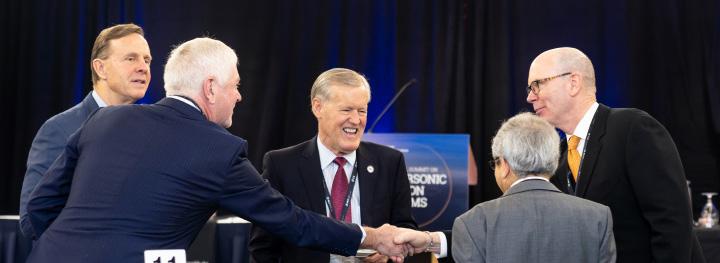

Microphone Air Vice-Marshal Lincoln Taylor OBE, Chief of Staff Capability, Royal Air Force
• The evolution of air power: Exploring the need for next-generation capabilities
• Project Astra: Pioneering innovations in airborne technology and capability
• Unveiling the objectives and vision behind Project Astra, highlighting the advancements in aircraft design, propulsion systems, and sensor technologies
• Strategic partnerships and collaborations: Driving innovation and collaboration
• Exploring collaborative initiatives with industry, research institutions, and international allies
• Showcasing successful case studies of partnerships driving innovation and accelerating development
• Future air power: charting the course for enhanced air superiority
• Examining emerging trends and technologies shaping the future of air power
• Outlining key areas of focus for future research, development, and investment to maintain air superiority
Microphone Lieutenant General Themistoklis Bourolias, Chief of Air Staff, Hellenic Air Force
• Hellenic Air Force's Modernization Strategy: Enhancing Air Superiority
• Current and Future Procurement Plans: Strengthening Hellenic Air Force's Arsenal through the acquisition of fighter aircraft
• Providing insights into the Hellenic Air Force's ongoing and upcoming procurement programs
• Discussing key acquisitions, such as advanced fighter aircraft, air defense systems, and ISR capabilities
• Exploring the rationale behind these procurement choices and their impact on air superiority
• Collaborative Defense Partnerships: Fostering Interoperability and Collective Defense
• Discussing joint exercises, training programs, and information sharing initiatives
Training the Best: Transforming the Training System
Microphone Major General Clark Quinn, Commander 19th Air Force, US Air Force
• Introduction to Nineteenth Air Force Base: Overview of undergraduate and graduate fixed and rotary wing training
• Red Air Training: A closer look at the red air training program and its objectives: stimulating realistic combat scenarios by creating a hostile environment that forces pilots to use their skills and tactics to achieve their mission objectives.
• Advancing simulation technologies to provide pilots with realistic training experiences
• Advanced Operational Conversion Training (AOCT): An overview of AOCT and its importance in preparing pilots for combat operations
• Discussion of the requirements and selection process for pilots and crew members training
• Future of Training: Insights into the future training programs and plans for incorporating emerging technologies

Microphone Lieutenant General (Ret’d) Anthony J. Rock, Inspector General (2016 –2017), U.S. Air Force
• Advanced Operational Conversion Training (AOCT): How does AOCT prepare pilots for real-world combat operations? How has AOCT evolved over the years to incorporate emerging technologies and changing mission requirements? How can AOCT be further improved to address emerging threats and enhance operational capabilities?
• Synthetic Training & Virtual Reality (VR): What are the advantages of synthetic training and VR in pilot training? How can these technologies be integrated into existing training programs to provide more realistic and effective training experiences? What are the challenges of incorporating synthetic training and VR into pilot training, and how can these challenges be addressed?
• Red Air Training: How does red air training help pilots develop their skills and tactics in a realistic combat environment? How can red air training be adapted to address emerging threats and prepare pilots for future combat scenarios?
• Integration of Future Combat Air Systems: What are the challenges of integrating future combat air systems into existing training programs? How can training programs be adapted to prepare pilots for new aircraft and advanced technologies? What programs and initiatives are being implemented to facilitate the integration of future combat air systems into training programs?
• Future of Air Power: How will emerging technologies, such as artificial intelligence and autonomous systems, shape the future of air power and pilot training? What are the implications of these technologies on the role of pilots in future combat operations? How can training programs be adapted to prepare pilots for the changing landscape of air power and combat operations?

15:45
Microphone Lieutenant General Alexus Grynkewich, Commander 9th Air Force, Air Combat Command, US Air Force
• Cutting-edge Fighter Capabilities: Exploring the latest advancements and technologies that empower fighters to dominate the skies
• Examining the role of agility, speed, and precision in outmaneuvering adversaries and gaining air superiority
• Integrated Sensor Systems: Harnessing the power of advanced sensor technologies to enhance situational awareness and maximize operational effectiveness
• Network-centric Operations: Unleashing the potential of interconnected systems and information sharing to enable seamless coordination and decision-making in air combat
Microphone MODERATOR:
Major General S.Y. Menard, Chief Fighter Capability, Royal Canadian Air Force
• Exploring the current challenges and opportunities in achieving air dominance
• Analyzing emerging technologies and tactics shaping the future of aerial warfare
• Identifying the critical requirements for next-generation fighter aircraft

• Highlighting the RCAF's strategic vision and approach to enhancing fighter capabilities
• Understanding the importance of interoperability and joint operations in achieving air dominance
• Showcasing collaborative efforts between the RCAF and other branches of the Canadian Armed Forces
• Anticipating evolving threats and adapting fighter requirements accordingly
• Discussing the role of advanced technologies, such as artificial intelligence and unmanned systems, in future fighter development
Microphone Colonel Dan Javorsek, Detachment 6 Commander, Nellis AFB, US Air Force
• Assessing the acquisitions, test and training transitions that must occur to enable the hardware-enbaled, software-defined future of air combat
• Determining requirements for Next-Generation Air Dominance
• Evaluating technologies that are challenging the conventional warfighting myths
Microphone MODERATOR:
Lieutenant General (Ret’d) Anthony J. Rock, Inspector General (2016 –2017), US Air Force
• How are unmanned technologies changing the role of traditional manned aircraft in the next-generation air force?
• What are some of the key challenges to integrating unmanned technologies into the air force, such as regulatory and ethical considerations?
• What are the potential cost savings associated with unmanned technologies, and how can these savings be best realized in the context of the air force?
• How can unmanned technologies be used to enhance mission capabilities, such as intelligence gathering, surveillance, and reconnaissance? How can we ensure that unmanned technologies act as force multipliers in combat operations?
• What role do unmanned systems play in enhancing combat airpower delivery and maintaining air superiority in contested environments?
• How does the Air Force ensure the integration of unmanned systems with manned platforms and maintain effective command and control?
• How do unmanned systems support logistics and sustainment, and what are the implications for future force structure and resourcing?
• How can the air force balance the need for unmanned technologies with the importance of human judgment and decisionmaking in complex operational environments?
With conferences all over the United States, American Conference Institute provides a diverse portfolio of conferences, events and roundtables devoted to providing business intelligence to senior decision makers responding to challenges around the world.

Don’t miss the opportunity to maximize participation or showcase your organization’s services and talent. For more information please contact Ketih Barthelot at: K.Barthelot@AmericanConference.com
REQUEST SPONSORSHIP PROSPECTUS
THOUGHT LEADERSHIP
• Inclusion on Event Advisory Board

• Roundtable Discussions
• Plenary Sessions
MARKETING AND BRANDING
• Luncheon & Evening Reception Sponsor
• Food & Beverage stands
• Logo & Company description on website
NETWORKING
• Exhibit Spaces
• Evening Reception
• Workshop Leader
• Fireside Chat
• Logo inclusion on all marketing campaigns & Event Signage
• Marketing opportunities to invite your prospects to attend
• Demonstrations





American Conference Institute is committed to being a meaningful resource to the Defense, Government & Industry partners within our community. Part of this commitment is giving back to those who have given so much, and as such, ACI is honored to support the Gary Sinise Foundation.
We wholeheartedly support the Foundation’s mission statement of “At the Gary Sinise Foundation, we serve our nation by honoring our defenders, veterans, first responders, their families, and those in need”. With every attendee registration, ACI will donate to this truly life changing foundation and their various programs, R.I.S.E., Relief + Resiliency, Community & Education and First Responders
To learn more about how to support this worthwhile charity, please visit www.GarySinisefoundation.org
ACI has been one of the world’s leading conference organizers delivering over 100 conferences annually. We host live and digital events that promote an unrivaled exchange of expertise, unbiased new trends and intelligence. ACI Defense is dedicated to the continuing progress of the Federal Government, Department of Defense and Armed Services, extensive and essential defense mission sets. We provide our attendees and partners with a platform where they can gain industry knowledge and expertise to keep pace with unprecedented technological developments, emerging and evolving threats and operational needs across the defense spectrum.
ACI celebrates 40 years of excellence! To mark this milestone, we're launching a new logo which represents our commitment to innovation, growth, and excellence, represented by the five Cs of C5: Current, Connected, Customer-Centric, Conscientious, and Committed. Together, let's shape the next 40 years of success.

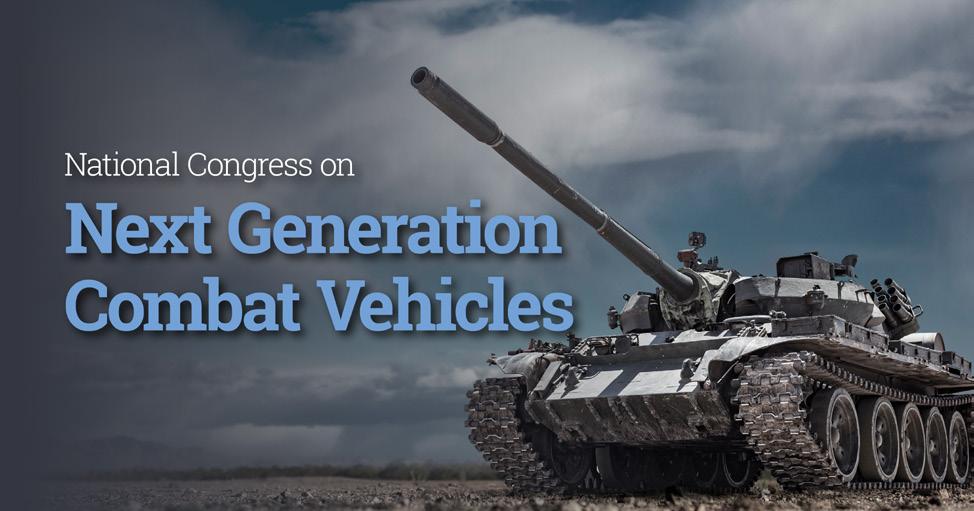

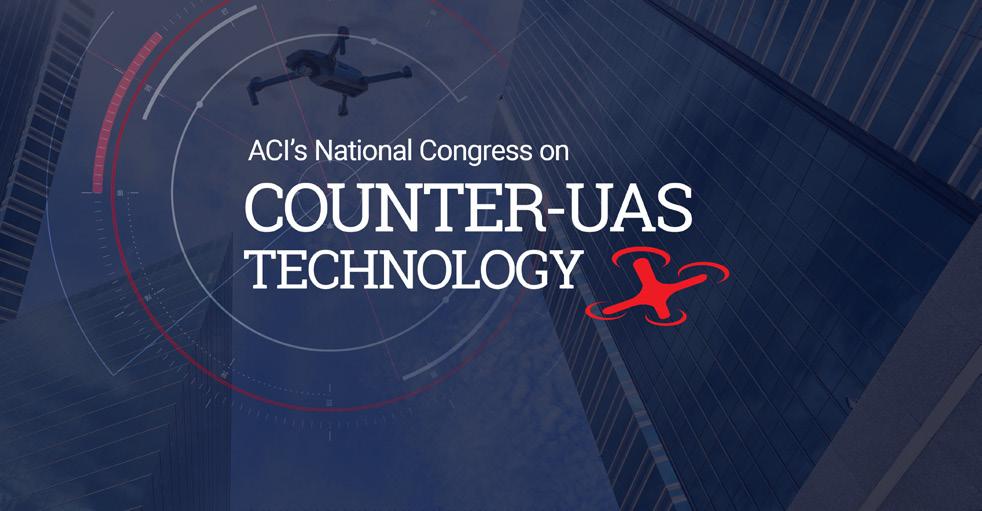


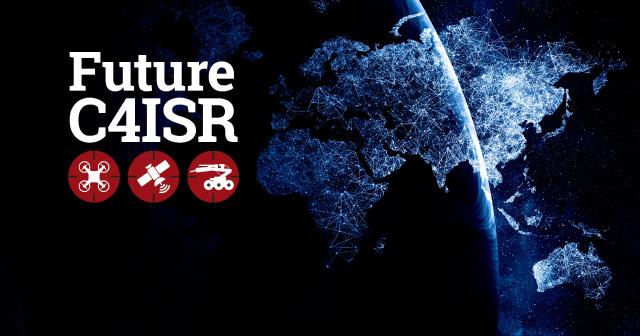

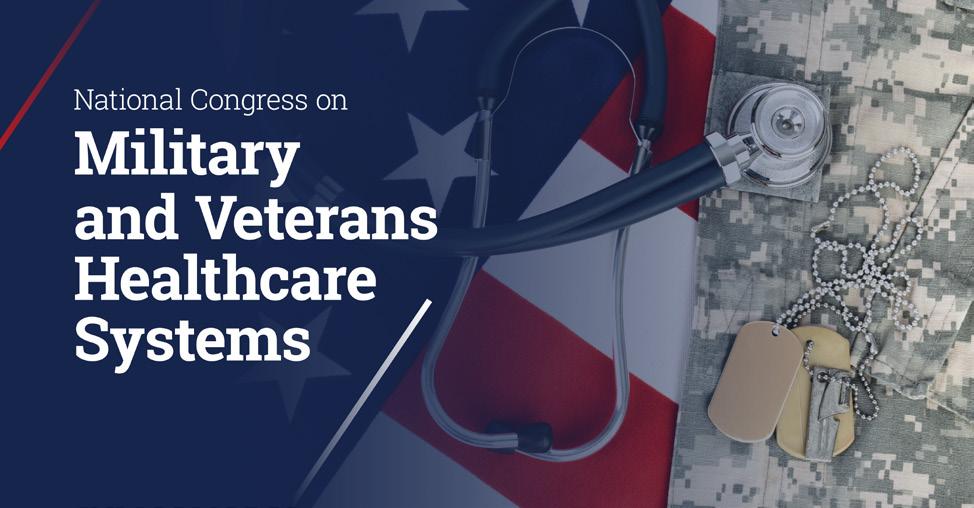
HOTEL : Holiday Inn Arlington at Ballston

Register and pay to lock in your early rate and be eligible for a full refund until Monday, October 2, 2023.
WORRY FREE Registration GUARANTEE
If you are unable to attend for any reason, you will have the following options:
y A full credit note for you, or a colleague to attend another event.
y A full refund.
All cancellations and changes must be submitted to customerservice@americanconference.com by Monday, October 2, 2023.
ADDRESS : 4610 North Fairfax Drive Arlington, VA 22203 ACTIVE
All Active Federal Employees, which include Military Personnel, will be able to access the Summit at no cost. For logistic support of this event, we do require online pre-registration.
Passes are limited so please apply before October 1st, 2023.
(Pricing after October 1st is $495)
CONFERENCE CODE: 723H24-SDO